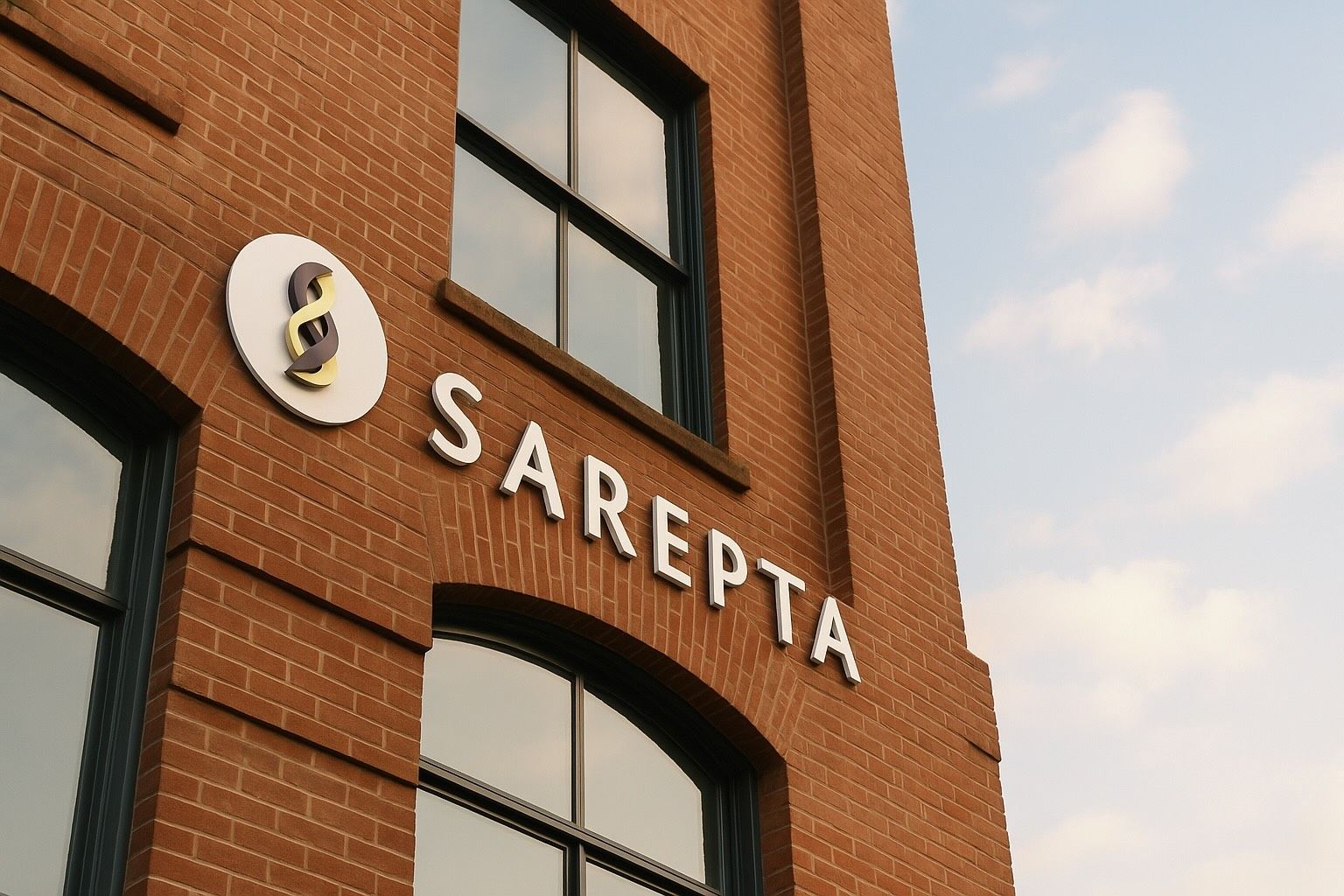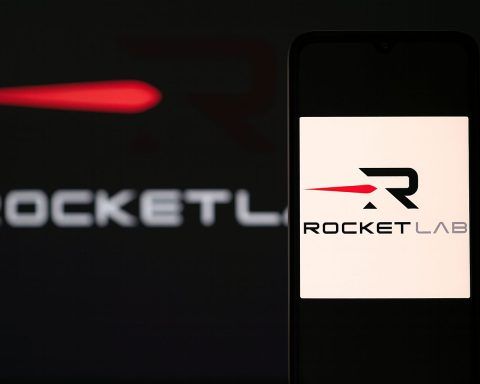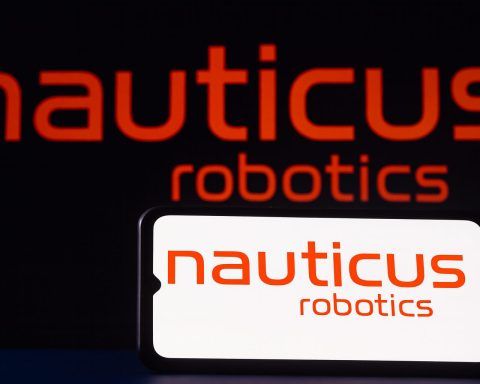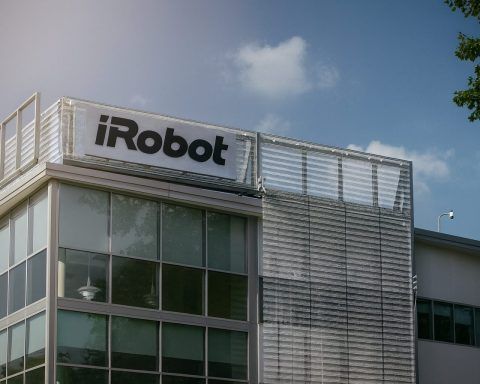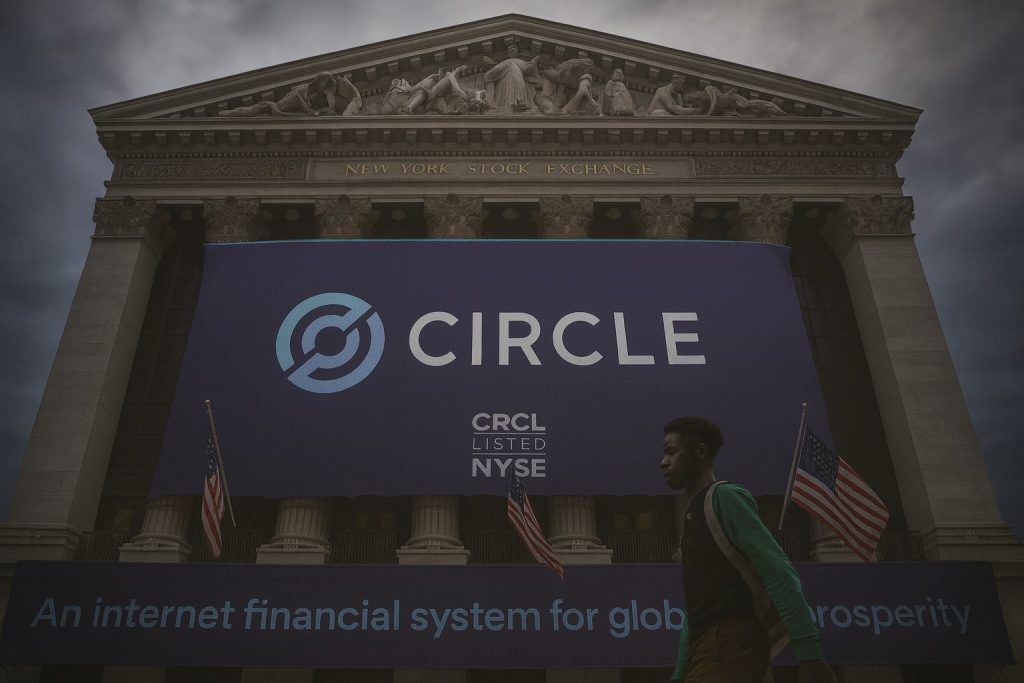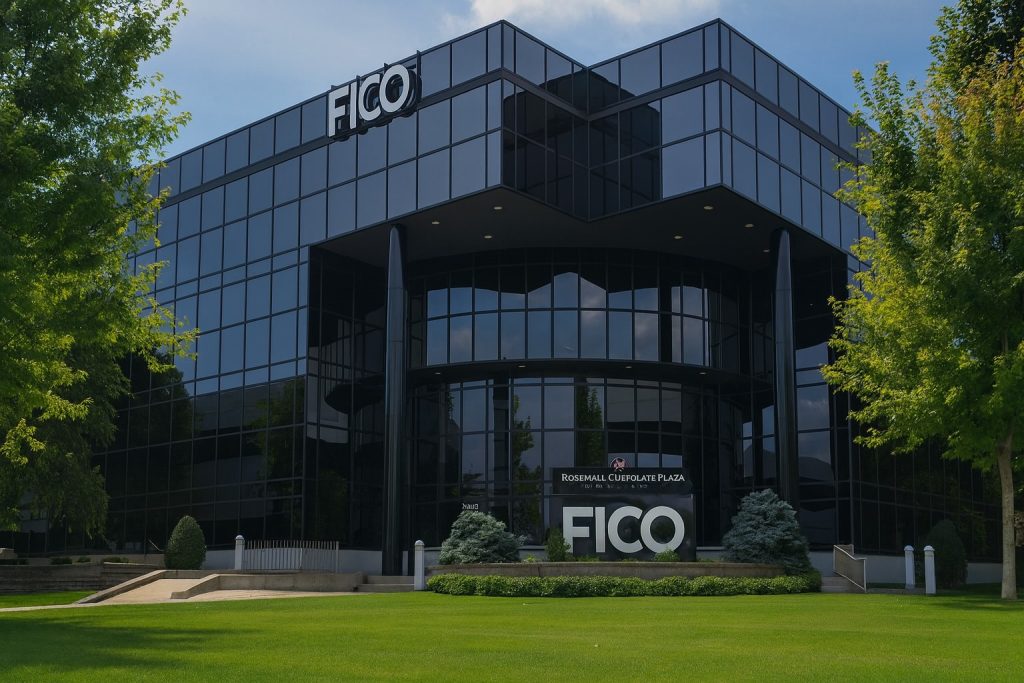- FDA & Gene Therapy: On July 28, 2025 the FDA recommended resuming Elevidys (micro-dystrophin gene therapy for Duchenne) shipments for ambulatory patients [1], after an investigation found no link between a child’s death and the therapy. (Elevidys had been voluntarily paused for non-ambulatory patients following two teen deaths from acute liver failure [2].) Sarepta added a black‐box liver-warnings and is working with FDA on safe dosing protocols. [3] [4]
- European Setback: The EU’s CHMP issued a negative opinion on Elevidys’ conditional approval (July 2025) [5], meaning Roche (Sarepta’s ex-US partner) must negotiate further. Roche will continue discussions with EMA, but Europe’s approval is now delayed.
- Recent Presentations: On Oct. 3, Sarepta announced data presentations at the Oct 7–11 World Muscle Society meeting. These include safety/expression results from the Phase 3 SGCB/LGMD2E gene therapy (EMERGENE program) and pulmonary-function data on casimersen (an exon-skipping drug), plus studies of enhanced immunosuppression strategies to protect the liver after Elevidys [6] [7].
- Q2 Financials: In Q2 2025 Sarepta reported $611.1 million in total revenue, up 68% year-over-year, powered by Elevidys and exon-skipping PMO sales [8]. Non-GAAP EPS was $2.02 (beating the ~$1.11 consensus) [9]. GAAP profit was $196.9M vs $6.5M a year ago [10]. The jump was driven by expanded U.S. label for Elevidys and a Roche Japan milestone payment. [11] [12]
- Liquidity & Cuts: As of June 30, cash and equivalents were $850.3M (down from $1.50B a year earlier) [13]. In July Sarepta announced a cost-cutting overhaul: 36% workforce reduction (about 500 jobs) aiming for ~$400M annual savings [14]. The company has convertible notes due 2027 (~$700M face) and plans to strengthen liquidity, aided by recent asset sales and Arrowhead milestone funding. [15] [16]
- Stock Shock: SRPT shares plunged from a mid-2024 high near $139 to a low around $10.41 in Sep 2025 (an ~85% YTD drop) [17]. They rallied ~32% on July 29 after the FDA cleared ambulatory Elevidys shipments [18] and, as of Oct 2 close, traded around $22.35 (1-year range $10.41–$138.81) [19].
- Analyst Sentiment: Wall Street is split. Consensus is currently “Hold” (8 Buys, 15 Holds, 6 Sells [20]) with an average 12-month target around $33–$39 [21] [22]. Targets range wildly (low single-digits to $50+). For example, Wells Fargo sees a $50 target [23], while RBC cut its target to just $10 [24]. Leerink (SVB) forecasts a robust Q3 EPS ~$2.20 [25].
Stock Performance: Wild Swings from Deaths to Resumption
SRPT has been a roller-coaster. In early 2025, Sarepta’s shares were largely pummeled by the DMD gene-therapy crisis. After two Duchenne patients (non-ambulatory teens) died in June and FDA urged a full pause, the stock plunged to decade lows (losing ~85% YTD) [26] [27]. (William Blair analysts warned this was a “worst-case scenario” that could “negatively affect patient interest in Elevidys” [28].) On July 17, Sarepta partially paused Elevidys for all patients, and FDA did as well – shares briefly hit the low teens.
Then, on July 28 FDA green-lit Elevidys resumption for ambulatory kids. The news ignited a rally: SRPT jumped ~32% (to ~$18.35) on July 29 [29], snapping its slide. As of early October, shares traded in the low-$20s. (By comparison the biotech ETF XBI is up ~11% YTD [30], so SRPT still trails the sector.) Volume has been heavy, reflecting polarized views. Equities analysts note that restarting Elevidys “virtually eliminate[s] risk of [it] being withdrawn” [31], soothing some fears.
However, volatility remains. SABSpace notes Sarepta’s 40% after-hours spike in mid-July (after restructuring news) was wiped out by next-day sell-offs once the third patient death was reported [32]. Since the FDA review, investor focus is on how many ambulatory DMD patients will actually get Elevidys, given the safety stigma. Sami Corwin of William Blair cautioned that “uptake may remain limited” while the therapy’s reputation heals [33]. In short: near-term headwinds persist even after the rally.
Clinical and Regulatory Developments: Elevidys Focus, New Data Ahead
Sarepta is the leader in Duchenne genetic medicines. Elevidys (delandistrogene moxeparvovec-rokl) is a one-time AAV-based gene therapy that delivers a shortened dystrophin gene. Approved in June 2023 for ambulatory boys 4–5 years old (later expanded to some non-ambulatory), it slows DMD progression by stabilizing muscle function [34]. Long-term data (EMBARK trial) have shown encouraging 2–3 year improvements in motor function [35].
But 2025 saw tragic safety events. Two teenagers (who had lost ambulation) died of acute liver failure after Elevidys; a 51-year-old in a limb-girdle MD gene trial (using the same AAVrh74 vector) also died [36]. In June Sarepta proactively paused Elevidys for non-ambulatory kids. By July 17, Sarepta resisted pausing ambulatory use, prompting a regulator showdown [37] [38]. FDA revoked its AAVrh74 platform designation and asked Sarepta to halt all shipments [39]; Sarepta initially continued to treat ambulatory patients. Over the next ten days, the FDA reviewed safety data and on July 28 concluded the third death “was not related” to Elevidys. The agency endorsed resuming ambulatory-use shipments [40] [41]. Non-ambulatory use remains on hold pending new safety protocols.
Regulators globally are now cautious. Europe’s CHMP rejected Elevidys in July 2025 [42], citing uncertainty. Sarepta’s R&D chief Louise Rodino-Klapac expressed disappointment, emphasizing that Sarepta will keep working with regulators to prove safety [43]. Chugai/Roche (for Japan/Asia) and Roche (Rest of World) have regained green lights to ship for eligible ambulatory patients, but widespread use will be measured.
Sarepta is also intensifying risk mitigation. The company agreed to add a black-box liver-warning to Elevidys’ label [44], and has convened an external expert panel to optimize immunosuppression (e.g. steroids/sirolimus) for future patients. In early October Sarepta will present data on these strategies – including an investigator-led study of prophylactic sirolimus at the World Muscle Society Congress [45].
Outside Duchenne, Sarepta’s pipeline is broad:
- LGMD (limb-girdle): The EMERGENE program (AAV gene therapy for sarcoglycanopathy LGMD2E/R4) completed Phase 3. Top-line SGCB protein expression/safety data will be shared at WMS [46]. Sarepta still plans a late-2025 BLA submission for SRP-9003 (LGMD2E), despite pausing new LGMD trials after the third death. The company has shelved other LGMD programs temporarily.
- Antisense PMOs for DMD: Sarepta markets 4 exon-skipping drugs (eteplirsen/Exondys, golodirsen/Vyondys, viltolarsen/Viltepso, and casimersen/Amondys45). At WMS it will show real-world data on casimersen’s ability to stabilize lung function in advanced DMD [47]. Separately, the EMBARK trial (15+ patients ≤7 years old on Elevidys) continues to provide long-term follow-up.
- RNA (siRNA) platform: Post-reorg, Sarepta is heavily focused on targeted RNA knockdown. Key programs with Arrowhead include SRP-9003 (DM1/myotonic dystrophy) and SRP-1003 (presumably DM1). On Aug 13 Sarepta announced the SRP-1003 dose-escalation triggered a $100M Arrowhead milestone, half funded by Sarepta stock redemption [48]. Data for FSHD (facioscapulohumeral dystrophy) and DM1 are expected in H2 2025. A Huntington’s disease candidate and an SCA2 ataxia program are also in early clinical stages. CEO Doug Ingram emphasizes that Sarepta’s future hinges on these high-impact genetic targets [49].
In summary, Sarepta’s science is at a critical juncture: approved DMD products (especially Elevidys) are on shaky ground but still commercial; new data later this month could build confidence. The broad pipeline beyond DMD may ultimately determine the stock’s fate.
Financial Results & Outlook
Sarepta’s Q2 report in early August confirmed its strong top-line growth but also underscored cost pressures. Total revenue was $611.1M (up 68% YoY) [50]. Net product revenue alone jumped $248M to $611M [51]. The drivers: Elevidys net sales surged (+$160M) on its expanded U.S. label (ages 4–7) [52], plus a $63.5M milestone from Roche for Japanese approval [53]. Exon-skipping therapies also grew (though at a slower pace).
Earnings smashed expectations: non-GAAP EPS was $2.02 (vs. $0.43 a year ago) [54], beating Zacks’ $0.89 estimate [55]. GAAP net income was $196.9M vs $6.5M in Q2 2024 [56]. This huge jump reflects both operational profit on booming sales and lower R&D spend after the reorg (plus a smaller tax rate). The press release notes strong operating income and cash flow in Q2.
The balance sheet shows $850M in cash/securities (June 2025) [57]. This is ample but down from $1.5B a year ago (Sarepta used some cash for share buybacks and Arrowhead investment). Post-Q2, management reiterated the need to conserve cash – the company completed a $174M stock sale of its Arrowhead holdings to pre-fund the DM1 milestone [58]. Sarepta also agreed Arrowhead would redeem $50M of stock (hive path to paying the $100M). Overall net liquidity remains solid, but the $700M 2027 convertible note is looming.
Sarepta gave no formal 2025 guidance. Street forecasts now imply roughly $2.0–2.1B revenue for 2025 (versus ~$1.36B first half [59]), with consensus EPS around -$2.82 (full-year, reflecting the after-tax and restructuring charges) [60]. For Q3 2025, SVB Leerink analyst James Schwartz raised his EPS estimate to ~$2.20 [61], reflecting continued Elevidys shipments (ambulatory) and PMO sales. The split of ambulatory vs. non-ambulatory Elevidys patients will crucially impact near-term revenue.
Looking ahead, Q3 results (mid-November) and WMS data will be key. With restructuring mostly in place, operating losses should narrow. But Sarepta must manage ongoing trials, label extensions, and heavy R&D spend on RNA. The company’s recent goals include hitting break-even cash flow, extending debt facilities, and exploring fundraising (e.g. equity or royalties) if needed.
Investor Sentiment & Analyst Views
Investor sentiment is extremely mixed. After the stock’s plunge, some hedge funds (e.g. D.E. Shaw) have increased their stakes substantially [62], betting on a turnaround. Others have cut back; institutional owners actually fell by about 6.4% last quarter [63]. Options flow suggests a modestly bullish tilt (SRPT put/call ratio ~0.69 [64]).
Wall Street’s analysts remain polarized: according to MarketBeat, the median rating is “Hold” [65]. An average of 29 analysts lists a 12-month target around $39.3 [66] (which would imply ~80–100% upside from current prices). However, actual forecasts span a huge range. A Nasdaq/Fintel survey (Sep 13) found the mean target $33.70 (upside ~93%) [67], with a low of ~$5 and a high near $194.
Notable calls include:
- Wells Fargo (Y. Zhu): Maintains “Overweight” and raised PT to $50 on Aug 7 [68], reflecting faith in Sarepta’s long-term cash flows despite short-term hiccups.
- BMO Capital (K. Biliouris): Upgraded Sarepta to “Outperform” on Sept 22, citing the recent FDA developments. Fintel noted this upgrade implied ~93% upside (avg. PT $33.70) [69].
- Goldman Sachs: Neutral with a $19 target, citing demand uncertainty and “ongoing regulatory and technical risks” [70].
- Morgan Stanley: Equal-weight; focus on the “uncertainty surrounding Elevidys” [71].
- Leerink/SVB (J. Schwartz): Holds an Outperform rating; with the Arrowhead milestone funded, he expects upcoming data inflections.
- Barclays (G. Wang): Early Q3 reviewer, raised PT from $10→$22 in July.
- Jefferies: Cut PT modestly (reportedly from $40 to $35 after FDA pause) – not in our cites but noted by The Fly/TipRanks.
- BofA Securities: Lowered PT to $20 on July 18, 2025 after the third death [72]. They warned that AAV-induced liver failures will “create additional hesitancy” among doctors [73] and see limited Elevidys uptake.
- RBC Capital: One of the harshest. On Aug 5 RBC cut its target to $10 (from $23) and kept Sector Perform [74]. RBC argued even with Elevidys returning, Sarepta will need “considerable” expense cuts beyond current plans [75], given that alternative DMD drugs (Exondys, Vyondys, Amondys) will remain on market.
In sum, bullish analysts focus on the large unmet need in DMD and the eventual reopening of full Elevidys markets. Pessimists point to FDA mistrust, safety caps, and weaker-than-hoped demand. For now, targets suggest roughly breakeven consensus (around $30-$40), so even the bulls imply upside only if Sarepta can convincingly manage safety and demonstrate growth.
Strategic Partnerships & Pipeline Focus
Sarepta’s major partner is Roche (through Chugai in Japan): Sarepta handles U.S. approvals/manufacturing of Elevidys, while Roche/Chugai handle ex-U.S. markets [76]. Despite the EU setback, Roche has resumed shipping Elevidys to other territories. The Roche alliance also provides payments: for example, the $63.5M Japanese approval milestone appeared in Q2 [77].
Another key partner is Arrowhead Pharmaceuticals (NASDAQ:ARWR). The two co-developed SRP-9003 (DM1) and SRP-1003 (DM1, called ARO-DM1 on Arrowhead’s side). As noted, a dose-escalation in the SRP-1003 trial triggered a $100M milestone, half funded by Sarepta’s sale of Arrowhead shares [78]. Sarepta’s post-deal cash infusion from Arrowhead ($174M share sale) and Arrowhead’s $50M cash payment bolster Sarepta’s balance sheet. Arrowhead’s CEO acknowledges Sarepta’s focus and long-term collaboration in a press release [79].
Sarepta has other collaborations: Ionis Pharmaceuticals has long-standing partnerships for antisense PMOs (casimersen and other DMD exon-skippers). Marathon Pharma distributes Exondys overseas. Codiak BioSciences is allied for AAV manufacturing (announced in 2022). Sarepta also has an LSD (lysosomal storage) gene therapy partnership with Ultragenyx (CLN2 disease). These alliances continue but none have made major news lately. The company is not pursuing new partnerships in neuromuscular gene therapy at present, focusing internal resources.
Biotech Sector & Competitor Context
Sarepta’s saga plays out amid broader biotech swings. Notably, Q3 2025 saw mega-deals: Pfizer offered ~$5B for Metsera (obesity drugs) [80], Roche ~$3.5B for 89bio (NASH) [81], and Merck $10B for Verona Pharma (asthma) [82]. The surge in M&A suggests big pharmas are eager to buy biotech innovation. By contrast, Sarepta’s troubles have made it something of a “zombie biotech” target: Concentra and Xoma-like roll-ups could theoretically cherry-pick its technologies, according to one biotech writer.
Overall biotech indexes have been recovering. The SPDR Biotech ETF (XBI) is up ~11% YTD [83], reflecting renewed investor interest in high-profile assets (e.g. new antibody therapies, CAR-T successes). Yet high-risk platforms are under scrutiny: A recent STAT analysis noted the sector “is in a dark place” due to repeated trial failures and regulatory crackdowns. The safety incidents at Sarepta have especially put AAV-based gene therapies “under a harsh light” [84]. Experts like Harvard’s Nitin Joshi point out that “everything goes to the liver” with AAVs, triggering immune responses [85]. Indeed, 13 AAV-related patient deaths were documented from 2021–24 [86]. Investors now ask if newer delivery methods (non-viral vectors, nanoparticles) will displace AAV.
For competitors: Sarepta’s immediate rival PTC Therapeutics (developer of Translarna, another DMD drug) had no high-profile news. In gene therapy, Solid Biosciences (formerly pursuing a DMD AAV therapy) halted its program, and Avexis/Novartis (with Zolgensma for SMA) has not reported similar liver issues. Sarepta’s immediate peer, Biogen/Ionis, is developing a Huntington’s antisense and a Duchenne antisense (tecromersen) – these were unaffected by AAV troubles. Still, any negative sentiment on rare-disease gene therapies can pressure stocks across the board.
Forecasts & Conclusion
Looking ahead, Sarepta’s path is uncertain but with catalysts. If Elevidys ambulatory use ramps and upcoming data (WMS abstracts) are positive, the stock could regain ground. Analysts’ average PT (~$33–39) implies roughly 50–80% upside from today’s ~$22, assuming a return to growth. Bullish forecasts hinge on Sarepta proving that patient lives are improved and that its post-therapy safety protocols succeed.
Bearish forecasts warn of ongoing hesitancy. Even with the FDA nod, some insurers and doctors may restrict Elevidys to younger children or trial settings only. RBC’s stark view ($10 target [87]) underscores the risk: if Elevidys adoption fizzles, then Sarepta must rely on still-preclinical programs and surgical cost cuts just to survive.
In sum, Sarepta remains a high-risk, high-reward name. The key questions for investors are: Can Sarepta restore confidence in Elevidys’ safety? Will new programs (RNA and next-gen gene therapies) start delivering results in 2026? For now, the stock’s 2025 performance – a near 85% plunge followed by a 30% snap-back – reflects this tug-of-war between desperation and hope. Prudence demands watching the data closely. As one analyst quipped after the FDA’s turnaround: it may “virtually eliminate the risk of Elevidys being formally withdrawn” [88], but the question remains whether Ducheene patients and investors will fully embrace the therapy again.
Sources: Recent FDA/EMA updates and earnings releases [89] [90] [91]; Reuters reporting on stock moves [92]; Sarepta press releases [93] [94]; analyst reports (MarketBeat, Nasdaq, TipRanks, Investing.com) [95] [96] [97] [98]; industry news [99] [100] [101].
References
1. www.biospace.com, 2. www.biospace.com, 3. www.biospace.com, 4. www.biospace.com, 5. www.biospace.com, 6. www.stocktitan.net, 7. www.stocktitan.net, 8. www.nasdaq.com, 9. www.nasdaq.com, 10. www.biospace.com, 11. www.biospace.com, 12. www.nasdaq.com, 13. www.biospace.com, 14. www.biospace.com, 15. www.biospace.com, 16. www.biospace.com, 17. www.nasdaq.com, 18. www.reuters.com, 19. www.nasdaq.com, 20. www.marketbeat.com, 21. www.nasdaq.com, 22. www.marketbeat.com, 23. www.gurufocus.com, 24. www.tipranks.com, 25. www.marketbeat.com, 26. www.nasdaq.com, 27. www.biospace.com, 28. www.biospace.com, 29. www.reuters.com, 30. finance.yahoo.com, 31. www.reuters.com, 32. www.biospace.com, 33. www.reuters.com, 34. www.biospace.com, 35. www.biospace.com, 36. www.biospace.com, 37. www.biospace.com, 38. www.biospace.com, 39. www.biospace.com, 40. www.biospace.com, 41. www.reuters.com, 42. www.biospace.com, 43. www.biospace.com, 44. www.biospace.com, 45. www.stocktitan.net, 46. www.stocktitan.net, 47. www.stocktitan.net, 48. www.biospace.com, 49. www.biospace.com, 50. www.nasdaq.com, 51. www.biospace.com, 52. www.biospace.com, 53. www.biospace.com, 54. www.biospace.com, 55. www.nasdaq.com, 56. www.biospace.com, 57. www.biospace.com, 58. www.biospace.com, 59. www.biospace.com, 60. www.nasdaq.com, 61. www.marketbeat.com, 62. www.nasdaq.com, 63. www.nasdaq.com, 64. www.nasdaq.com, 65. www.marketbeat.com, 66. www.marketbeat.com, 67. www.nasdaq.com, 68. www.gurufocus.com, 69. www.nasdaq.com, 70. ng.investing.com, 71. ng.investing.com, 72. ng.investing.com, 73. ng.investing.com, 74. www.tipranks.com, 75. www.tipranks.com, 76. www.biospace.com, 77. www.biospace.com, 78. www.biospace.com, 79. www.biospace.com, 80. www.biospace.com, 81. www.biospace.com, 82. www.biospace.com, 83. finance.yahoo.com, 84. www.biospace.com, 85. www.biospace.com, 86. www.biospace.com, 87. www.tipranks.com, 88. www.reuters.com, 89. www.biospace.com, 90. www.biospace.com, 91. www.nasdaq.com, 92. www.reuters.com, 93. www.stocktitan.net, 94. www.biospace.com, 95. www.marketbeat.com, 96. www.gurufocus.com, 97. www.tipranks.com, 98. ng.investing.com, 99. www.biospace.com, 100. www.biospace.com, 101. www.biospace.com
